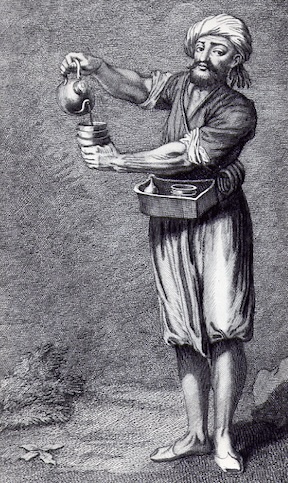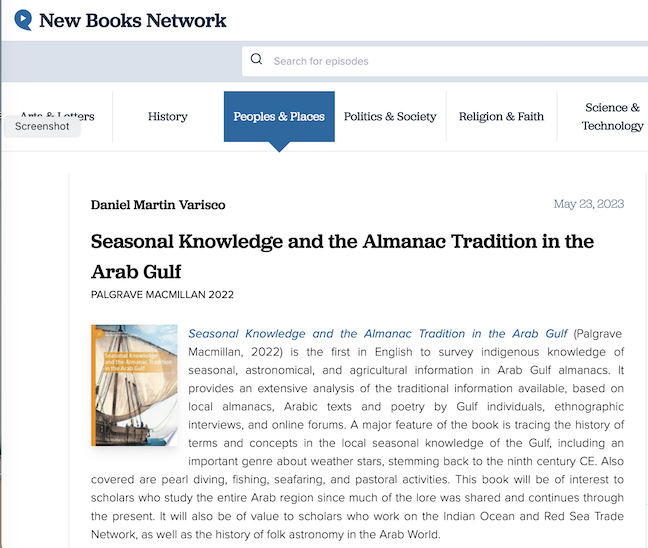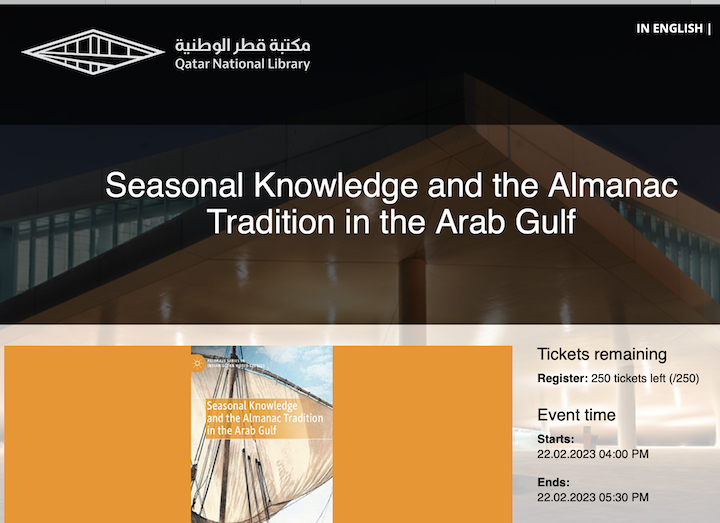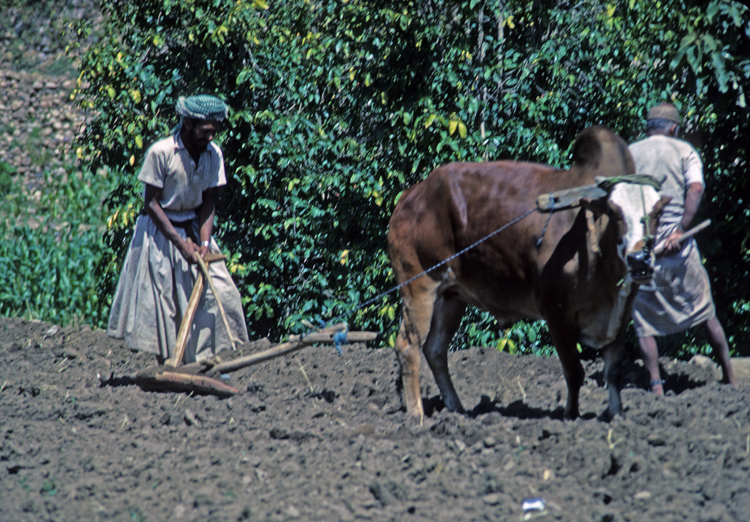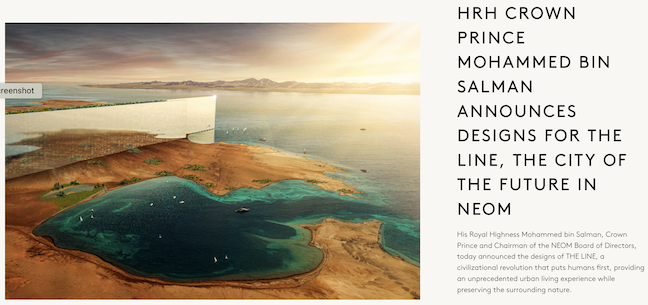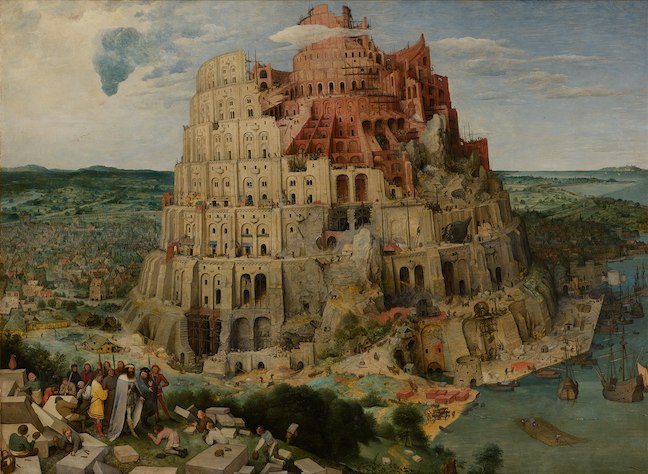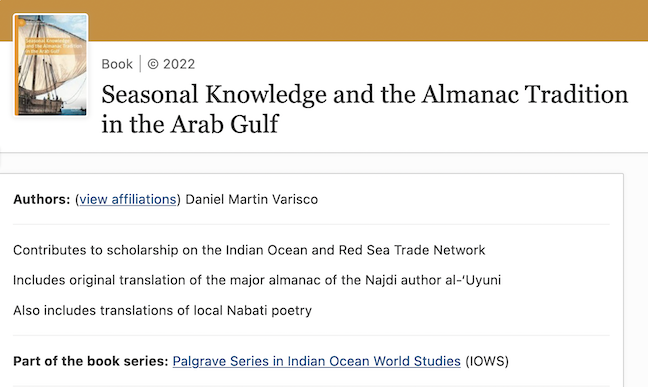In a non-academic website called Atlas Obscura, there is an article with the entertaining title: “Before Drinking Coffee, People Washed Their Hands With It.” The article was written by Nawal Nasrallah, an Iraqi scholar who has published excellent work on classical Arabic recipe books. However, this particular article is anything but sound scholarship. Her main argument is that a “mysterious ingredient” very similar to coffee was known five centuries before the documented appearance of coffee, known in Arabic as “bunn“, as a drink. “However, instead of bunn, it was called bunk, and rather than drinking this ingredient, it was mostly used for cleaning and freshening the hands,” she argues.
Her argument is flawed from the start. She is aware that the 9th century Ibn Masawayh defined bunk as an aromatic coming to Iraq from Yemen. He clearly identifies it as coming from the trunk wood of a plant called Umm Ghaylan. However, Nasrallah says Ibn Masawayh was confused, without indicating why. The link to the wood of Umm Ghaylan is also made by al-B’iruni, who adds that it is a Persian term, and by other scholars. Umm Ghaylan is a well-known name for a species of acacia grown on the Arabian Peninsula. Nasrallah was unaware that the renowned botanical scholar Abu Hanifa al-Dinawari, a contemporary of Ibn Masawayh, described Umm Ghaylan as a synonym for talh, the well known term for several acacia species, including the major gum arabic variety. Al-Dinawari also noted the terms for the parts of the tree, specifically defining bunk as the bark (laha) of the acacia tree. This term for bark is still in use in Saudi Arabia. So unless these early scholars were making it up, which I doubt, the meaning of bunk is clearly established. The claim that a 16th century traveler named Leonhard Rauwolf said that the coffee beans he saw being roasted (he never saw the tree) were the same as the term bunk used centuries earlier is hardly reliable proof, especially since Rauwolf assumed that the term bunn for coffee was no different than the earlier term bunk. It was not unusual for writers at this time to make such claims without any real evidence.
Nasrallah writes that early medical scholars like al-Razi and Ibn Sina describe the qualities of bunk “to check the unpleasant odors of sweat and the smell of the quick-lime used in baths to remove hair,” but no mention is made of it as a drink. It is a serious stretch of logic to suggest, as the author does, that when Ibn Sina said that “consuming bunk had mind-altering properties, ‘which could affect the intellect,’” this was proof that this was the first time anyone had pointed out the impact of caffeine. It is not unusual for herbals to comment on the impact of certain substances on the mind, so such a general statement does not imply caffeine from coffee.
In addition to ignoring the clear identification of the plant, which is not mysterious at all, Nasrallah can cite no evidence from Yemen for such an identification. If the coffee plant was indeed coming from Yemen in the 9th century, why is there no reference in any Yemeni text to it? The geographical text of the 9th century al-Hamdani mentions numerous plants, but not any known term for coffee, nor the term bunk. Nor do the agricultural and medicinal treatises of the Rasulid era (13th-15th centuries) refer to coffee. The known documented sources suggest that coffee came from Ethiopia as a drink useful for Sufis; this was probably sometime in the latter half of the 15th century. By 1500 it had spread widely from Yemen and even prompted a legal meeting in 1511 to determine if it was licit for Muslims, as discussed in an article by the historian Jon Mandaville.
The speculation continues with the following claim: “As for coffee as a hand-cleaning product, it seems that the spread of good-quality colored and perfumed soaps eclipsed its popularity. As bunk itself faded away, so did the knowledge of what it was used for.” To suggest that by the 16th century no one used traditional plant products for aromatics or for hand washing is ridiculous, as such practices have continued into the last century. To assume that perfumed soaps were widely available among a population that was still mainly rural and poor is silly. To think that the drinking of coffee took off after several centuries of hand-washing is wishful thinking. There is no evidence at all that the term bunk, which is not related to the coffee term bunn, ever referred to anything other than a product of the acacia tree. To argue otherwise is pure bunk.
